Binary Star System
Enigmatic Pulsar Strips Plasma From Its Companion Star Then Releases Cosmic Cannonballs, Solving a Decade-Long Mystery

Multiple Tatooine Worlds From Same Star System Picked Up For the Second Time; What Are These Planets?
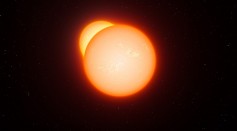
Ultra-Rare Binary Star System That Could Trigger Kilonova Detected 11,400 Light-years From Earth
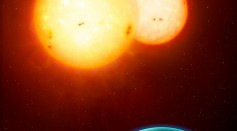
Finding Extraterrestrial Life? Look for Binary Star Systems, Study Suggests
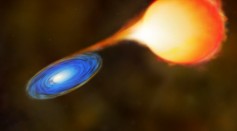
Slimmer Red Giants Identified on Milky Way, Proves Weight Loss in Bigger Stars
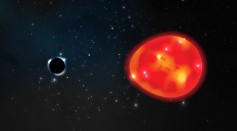
Unicorn Star System Black Holes Are Actually Binary Stars, Study Finds
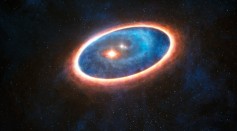
Binary Star 980 Light Years Away Discovered with Three Exoplanet Systems in Early Stage
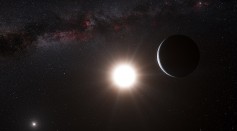
Exoplanet Larger Than Jupiter Detected Intact Under Binary System; Parent Stars Bigger and Hotter Than the Sun
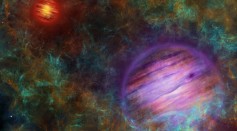
Meet OPH 98, A Pair of Weird Binary Wandering Across The Universe
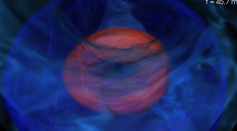
Researchers Find Novel Method of Analyzing the Densest Star Systems
Exotic Peacocks of the Stellar World: A New Model for Colliding-Wind Binaries
Teardrop Star Discovered by Amateur Astronomers

Double Star System with an Alter Ego Discovered, NASA Reports

Two Stars Create Immense Bursts of Gamma Rays, Says Scientists
Most Popular

How Technology Is Changing the Real Estate Industry?

How a Plant-Based Diet Can Protect Against Breast Cancer: Insights from Nutrition Research

Study Reveals High Turnover in Scientific Research Careers: What This Means for Future Scientists

Why It's So Difficult to Lose Weight: The Biological Explanation Behind Obesity






